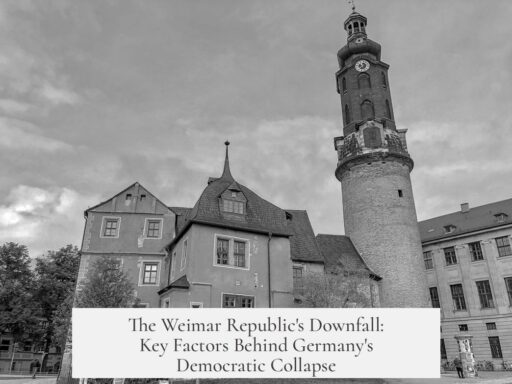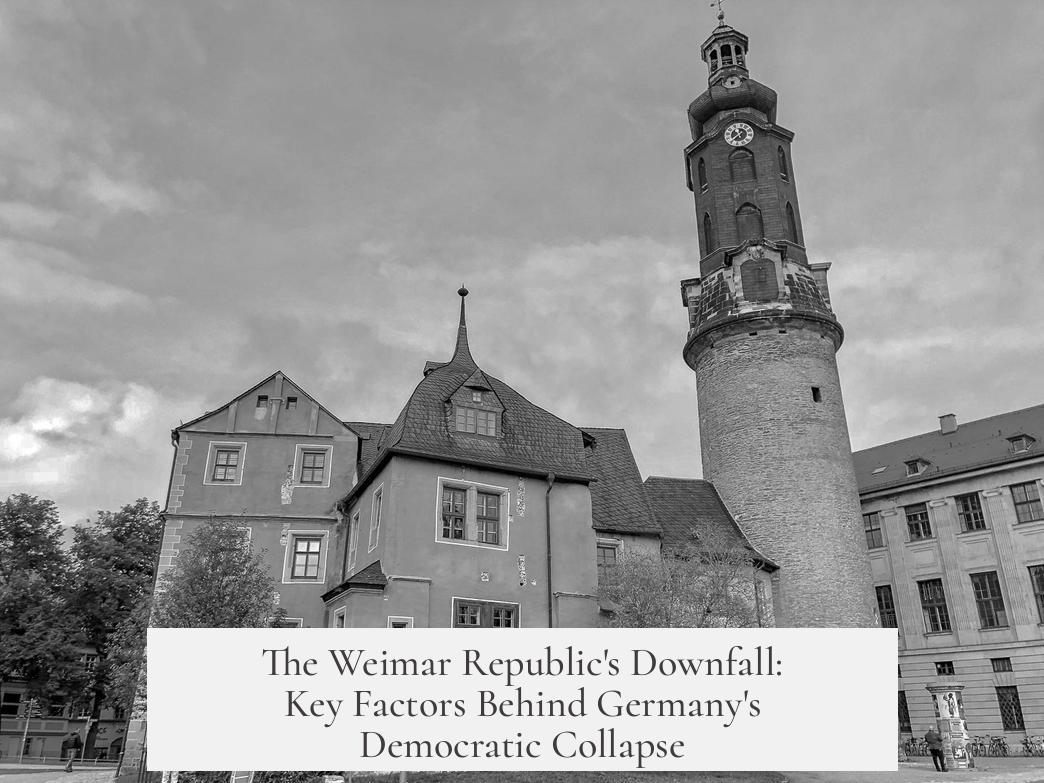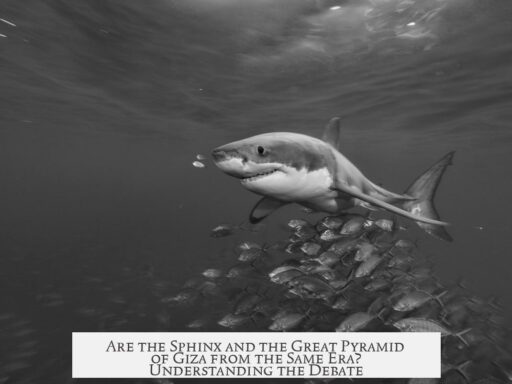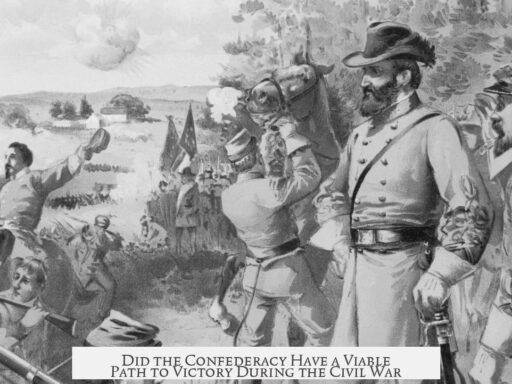The Weimar Republic failed due to a mix of severe economic crises, political instability, social polarization, and systemic flaws in its constitutional design. These combined factors eroded public trust, empowered extremist movements, and paved the way for authoritarian takeover.
First, the economy bore the brunt of Germany’s struggles. The Great Depression devastated the country more than others, plunging millions into unemployment and starvation. This economic collapse intensified after years of reparations mandated by the Treaty of Versailles. War reparations, combined with debts incurred during World War I, strained national finances.
Hyperinflation devastated the currency, with the German mark falling from 9 to the US dollar to an astronomical 4 trillion marks to the dollar. The German government’s economic strategies during and after the war contributed to this instability, wiping out savings and increasing public despair. Many historians view the depression not as the sole cause but a final blow to a fragile state.
The Treaty of Versailles further undermined the republic’s legitimacy. It imposed harsh terms demanding territorial losses and massive reparations. These conditions angered the population and fostered resentment against the democratic government, which was blamed for accepting them. The treaty’s “war guilt” clause deepened nationalist humiliation and empowered extreme right-wing groups that promised to overturn its restrictions.
Politically, the Weimar Republic was fragile from inception. Its constitution contained systemic weaknesses. One major flaw was the absence of a minimum percentage threshold for parliamentary representation, which allowed an excessive number of small parties into the Reichstag. This fragmentation made forming stable governments difficult and slowed decisive action.
Parliament was mired in constant votes of no confidence, leading to frequent changes in government. The provision allowing the president to issue emergency decrees (Article 48) gave excessive power to the head of state and bypassed parliamentary control. While initially intended to preserve order against threats like militia uprisings, it ultimately facilitated authoritarian rule.
The transition from monarchy to democracy failed to win broad support among elites and institutions. Leaders such as President Paul von Hindenburg sympathized with monarchism and rejected republican ideals. The military high command often acted against the Republic, aligning with right-wing forces to suppress leftist movements. Paramilitary groups, many composed of disaffected war veterans, operated with impunity and challenged state authority.
Society itself polarized sharply. Economic hardship and national humiliation alienated moderate voters, who increasingly supported extremist parties on both left and right. The radical right, including the Nazi Party, aggressively normalized extremist views and gained public influence before ultimately seizing power. This polarization fractured social cohesion and depleted the moderate political center necessary for democratic stability.
| Major Reasons for the Weimar Republic’s Failure | Impact |
|---|---|
| Severe economic crises (Great Depression, hyperinflation) | Mass unemployment, poverty, loss of confidence in government |
| Harsh Treaty of Versailles reparations and national humiliation | Rise of nationalist revanchism and extremist politics |
| Constitutional flaws: fragmented parliament, emergency powers (Article 48) | Political instability, ineffective governance, authoritarian loophole |
| Anti-democratic elites and military influence | Undermined republican legitimacy and supported right-wing opposition |
| Societal polarization and growth of extremist parties | Political violence, loss of moderate support, erosion of democracy |
In 1925, the election of Hindenburg, a monarchist and World War I field marshal, underscored the Republic’s fragile status. He appointed chancellors attempting to stabilize the nation but increasingly relied on emergency powers. Ultimately, under Hindenburg’s presidency, Adolf Hitler was legally named chancellor in 1933, exploiting the Republic’s weaknesses.
Hitler quickly consolidated power, transforming the Weimar Republic into the Third Reich. He did not formally dismantle the existing state but dismantled democratic institutions through legal and extralegal means. This demonstrated how the Republic’s structural and societal weaknesses left it vulnerable to authoritarian takeover.
- The Weimar Republic collapsed under economic distress worsened by reparations and hyperinflation.
- Republican legitimacy suffered due to national humiliation from the Treaty of Versailles.
- Political fragmentation and constitutional flaws produced unstable governments.
- Many elites and the military opposed democracy, favoring authoritarianism.
- Polarized society and extremist parties fractured democratic support.
- These factors enabled Hitler’s legal rise to power, ending the Republic.
How Did the Weimar Republic Fail? A Deep Dive into Germany’s Tumultuous Experiment with Democracy
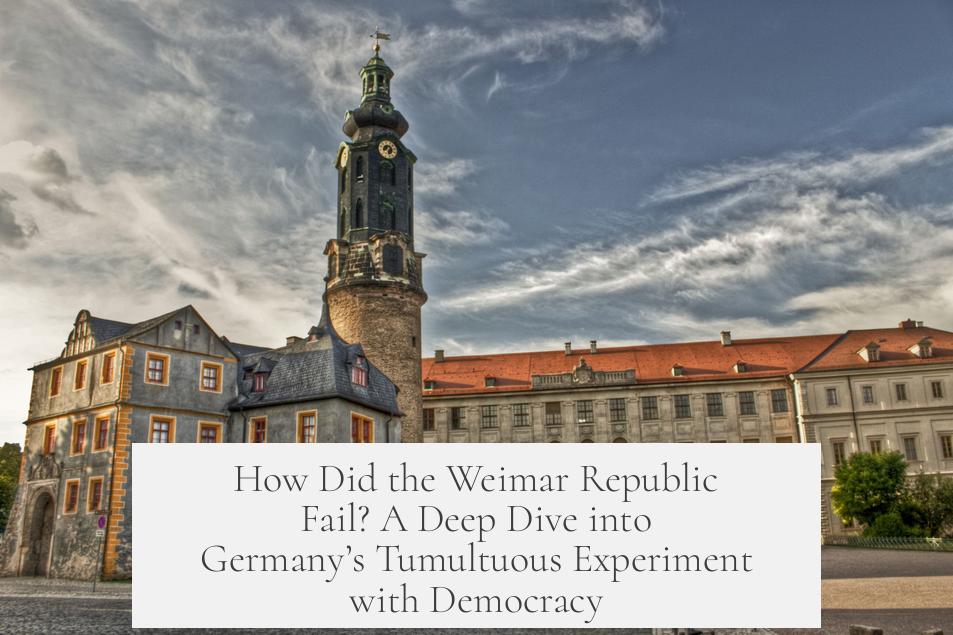
The failure of the Weimar Republic boils down to a disastrous mix of economic collapse, a punitive peace treaty, political chaos, and a society deeply divided and nostalgic for authoritarian rule. But let’s not rush—this story is complex and packed with lessons that echo even today.
Imagine a brand-new democracy forced upon a country reeling from war, humiliation, and economic ruin. The Weimar Republic was this experiment, created in 1919 after Germany’s defeat in World War I. It had potential, but multiple forces came together like a perfect storm to drag it down.
Economic Collapse and the Great Depression: The Final Nail in the Coffin
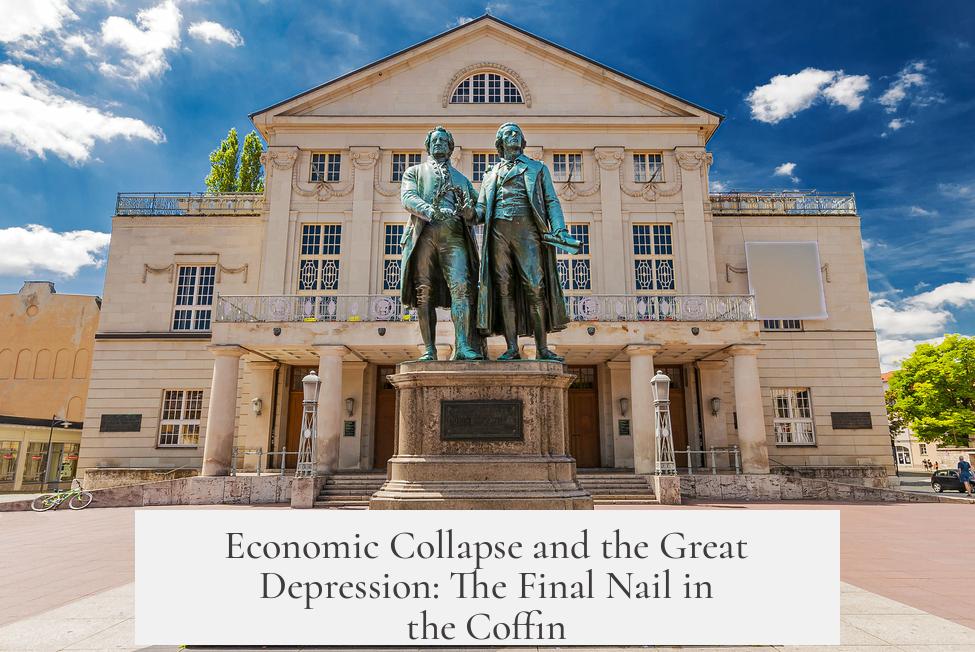
Germany’s economy didn’t just stumble—it plunged off a cliff. The Great Depression hit Germany harder than most nations. Millions lost jobs. Inflation spiraled out of control. People literally couldn’t afford to eat. This wasn’t a simple recession; it was an economic apocalypse.
But the depression wasn’t the only economic nightmare. Germany was shackled by enormous reparations demanded by the Treaty of Versailles. France, especially aggressive about collecting debts, insisted Germany pay huge sums—money Germany simply did not have.
Worse, the German mark went from a weak currency at the start of the 1920s to near-worthless by the mid-1920s. Hyperinflation hit insane levels—imagine going from nine marks to the dollar, to 4 trillion marks to a dollar. The root? The Kaiser’s and German government’s reckless economic policies during and after WWI, like printing money to finance the war, only made things worse.
The war had also devastated infrastructure. Four grueling years of conflict left factories broken and cities damaged, requiring massive, costly repairs. This economic strain bred desperation and fear, which fueled public support for radical solutions and leaders.
The Treaty of Versailles: The Harsh Peace That Bit Back
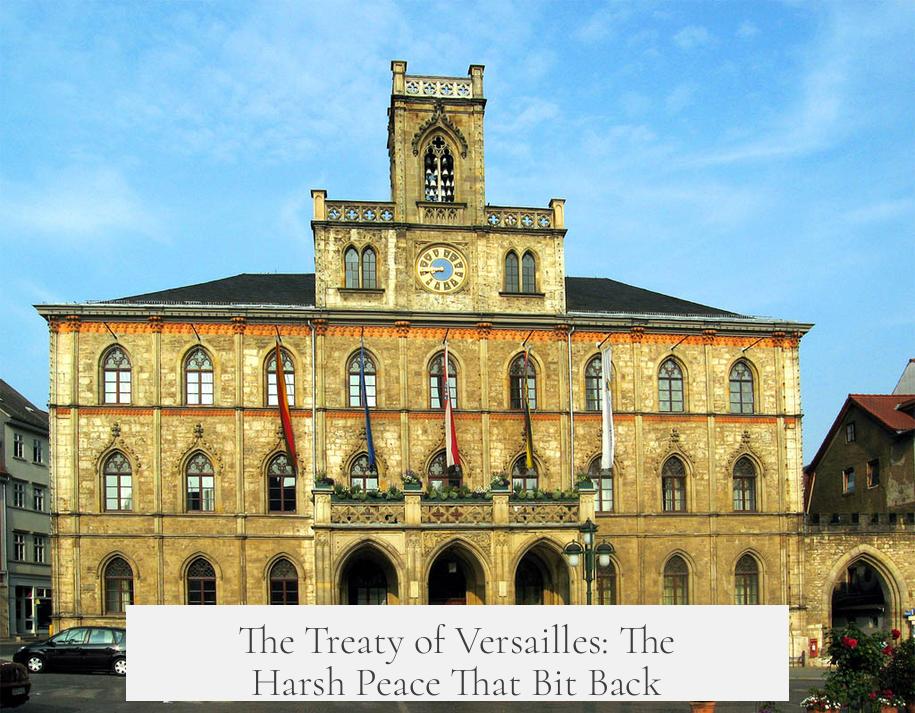
The Treaty of Versailles was a double-whammy for the fledgling republic. Many Germans felt deeply humiliated by its terms. Losing vast swaths of land, accepting full blame for the war, and facing humiliating reparations tanked national pride.
While England was somewhat lenient, France was not. Their aggressive demands tore at Germany’s already fragile economy. This “kinda mean peace treaty” made Germans yearn for revenge and tolerance for extremists soared.
As one history teacher wisely noted, if Hitler hadn’t broken the treaty, Germany might have been paying reparations well into the 1980s. The treaty’s implications were not just economic but psychological, fostering resentment that extremist groups like the Nazis exploited masterfully.
Political Instability: When Too Many Cooks Spoil the Broth

Weimar’s political structure had inherent flaws. The constitution allowed every party that won votes into parliament. Imagine a chaotic parliament with dozens of tiny parties, none able to form stable coalitions—it was political anarchy disguised as democracy.
Worse, the system permitted frequent votes of no confidence, turning governance into a revolving door of failed administrations. Governments fell apart faster than you can say “Reichstag.” This political instability paralyzed effective decision-making exactly when tough decisions were crucial.
Moreover, Article 48 gave the president emergency powers to rule by decree, bypassing parliament. Though meant to protect the republic, it became a deadly weapon in the hands of those eager to undermine democracy, especially as extremist factions grew stronger.
Paul von Hindenburg’s presidency illustrates the deep contradictions. He was a monarchist at heart, suspicious of democracy, and his repeated use of Article 48 undercut the republic’s legitimacy. When he appointed Hitler chancellor in 1933, it was the final legal nail in Weimar’s coffin.
The Messy Transition from Monarchy to Republic & The Rise of Anti-Democratic Forces

Adding to the chaos was the fact that large parts of Germany’s elites, including military leaders, never accepted the republic. Many wanted the old monarchy back, and some even sympathized with far-right anti-democratic groups.
The military, restricted in size by the Treaty of Versailles, lost formal control but paramilitary groups of disaffected veterans stepped in. These armed militias often acted with impunity, supporting the right-wing and opposing communism and democracy alike.
When democracy was “forced” on a population still romanticizing Bismarck’s imperial Germany, it was a hard sell. The country was deeply divided between those clinging to the past and others pushing radical change. Extremist parties on both the left and right thrived by offering clear answers amid confusion.
Societal Polarization: When the Middle Ground Disappears

Society polarized rapidly. Fear of communist uprisings pushed Germany’s wealthy and influential toward extreme right parties like the DNVP. Meanwhile, left-wing parties gained momentum, spooking conservatives.
As a result, moderates lost ground. Extremists normalized their views, making radical positions part of everyday political conversation. This fragmentation and loss of trust in government made stable governance impossible.
The rise of Hitler’s NSDAP was not an overnight miracle but the culmination of years of escalating extremism and societal division.
Recapping the Key Failures
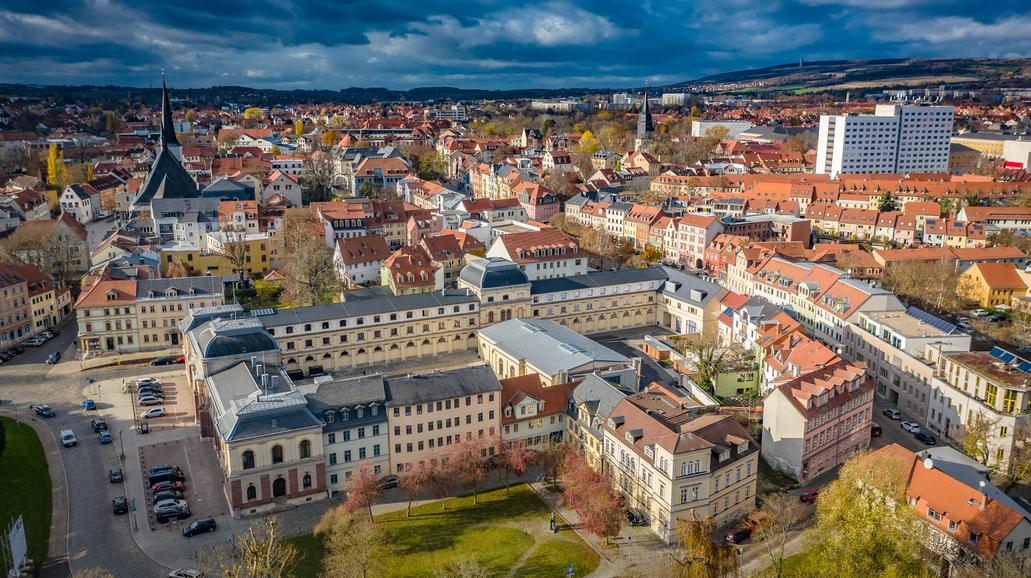
- Severe economic crisis, worsened by reparations and hyperinflation, destroyed financial stability.
- The Treaty of Versailles humiliated the nation and fueled resentment and revanchism.
- Flawed democratic structures made coherent governance impossible, especially with unstable parliamentary practices and emergency presidential powers.
- Anti-democratic attitudes among elites, monarchist sympathies, and powerful paramilitary groups undercut democracy from within.
- An overcrowded, fragmented party system prevented effective governance.
- A democracy was imposed on a population nostalgic for authoritarian days, making acceptance difficult.
- Rising extremist parties exploited fears and misery to gain power.
- Ultimately, President Hindenburg’s decision to appoint Hitler led to the republic’s demise and the rise of the Third Reich.
Lessons and Reflections
The Weimar Republic’s failure reminds us that democracy isn’t just laws and elections. It needs economic stability, social cohesion, and political maturity. When those fail, democracy becomes vulnerable to authoritarianism.
Could things have been different? Perhaps. If the Treaty of Versailles had been less harsh or if economic policies had prevented hyperinflation, Weimar might have had a fighting chance. Political reforms, like restricting fractious party influence and limiting presidential emergency powers, might have stabilized governance.
Instead, a fragile new democracy faced relentless challenges and the lure of radical solutions. Ask yourself: What does this story tell us about how fragile democracies can be? How important is it that institutions, economics, and society align to support democratic rule?
Germany’s Weimar Republic didn’t just fail because of one reason. It collapsed because deep cracks in economics, politics, and society widened, destabilizing the new democracy beyond repair. The lessons of Weimar highlight how history’s warnings remain relevant today.
